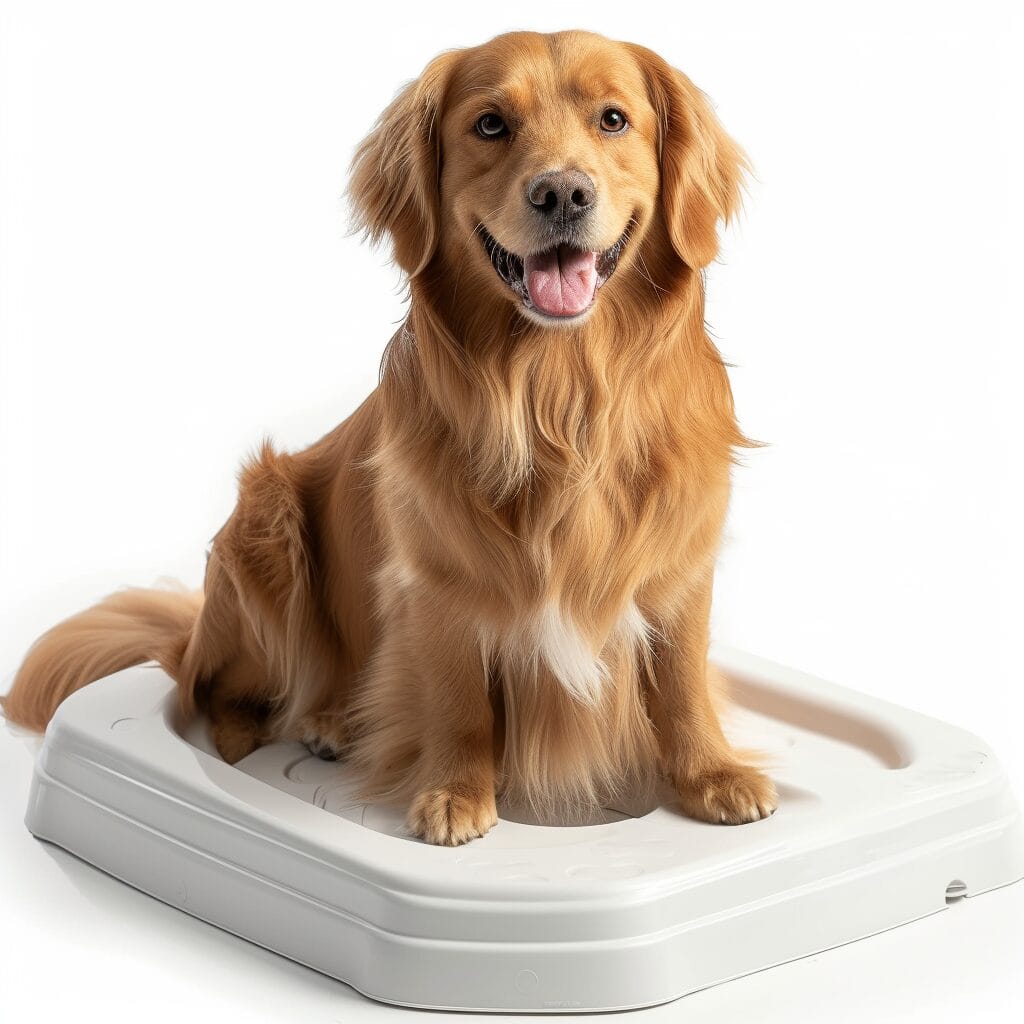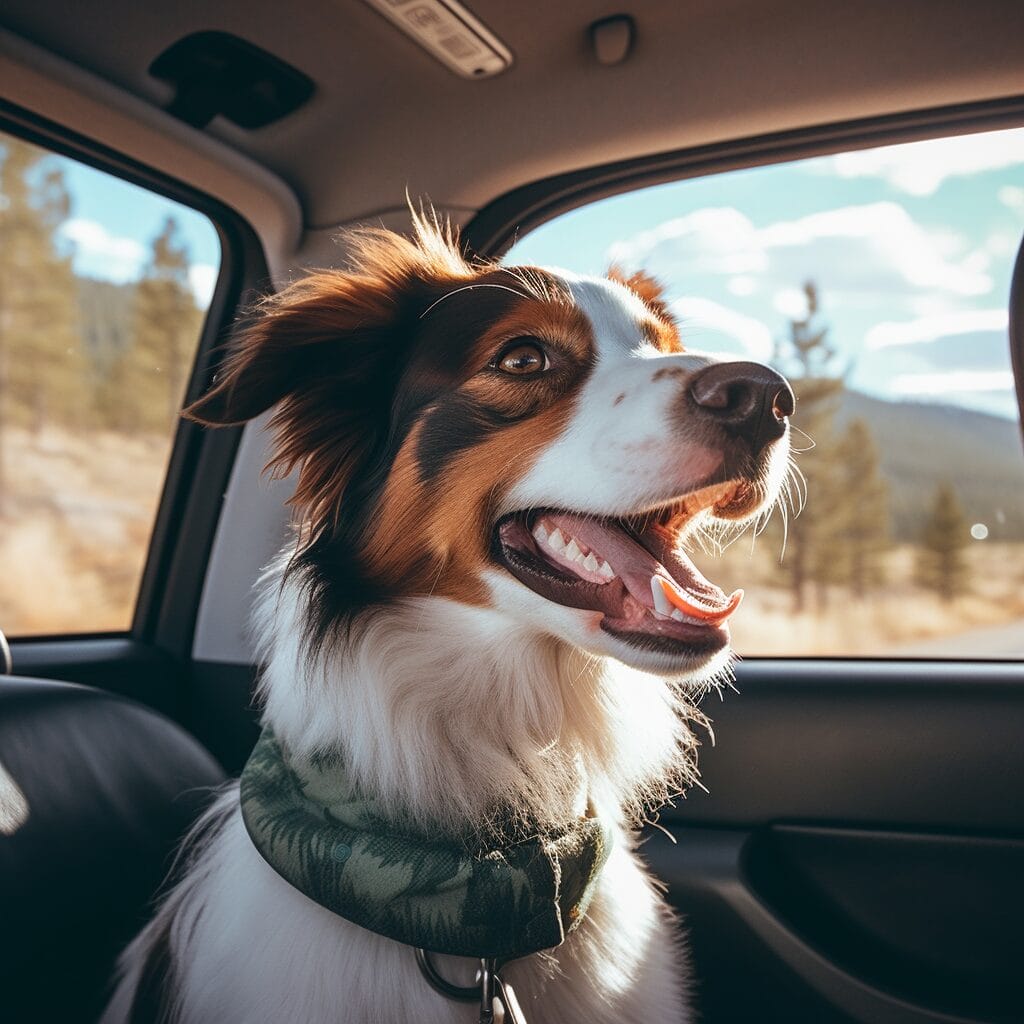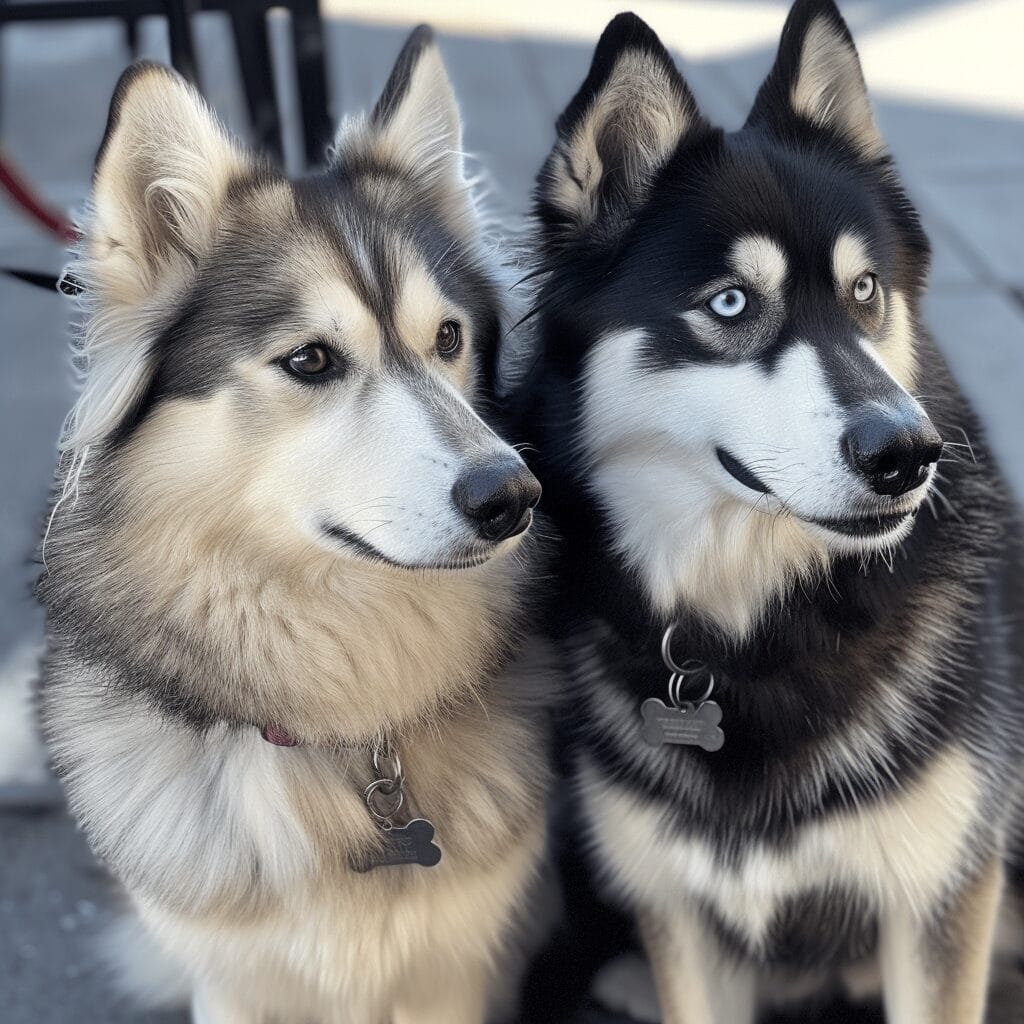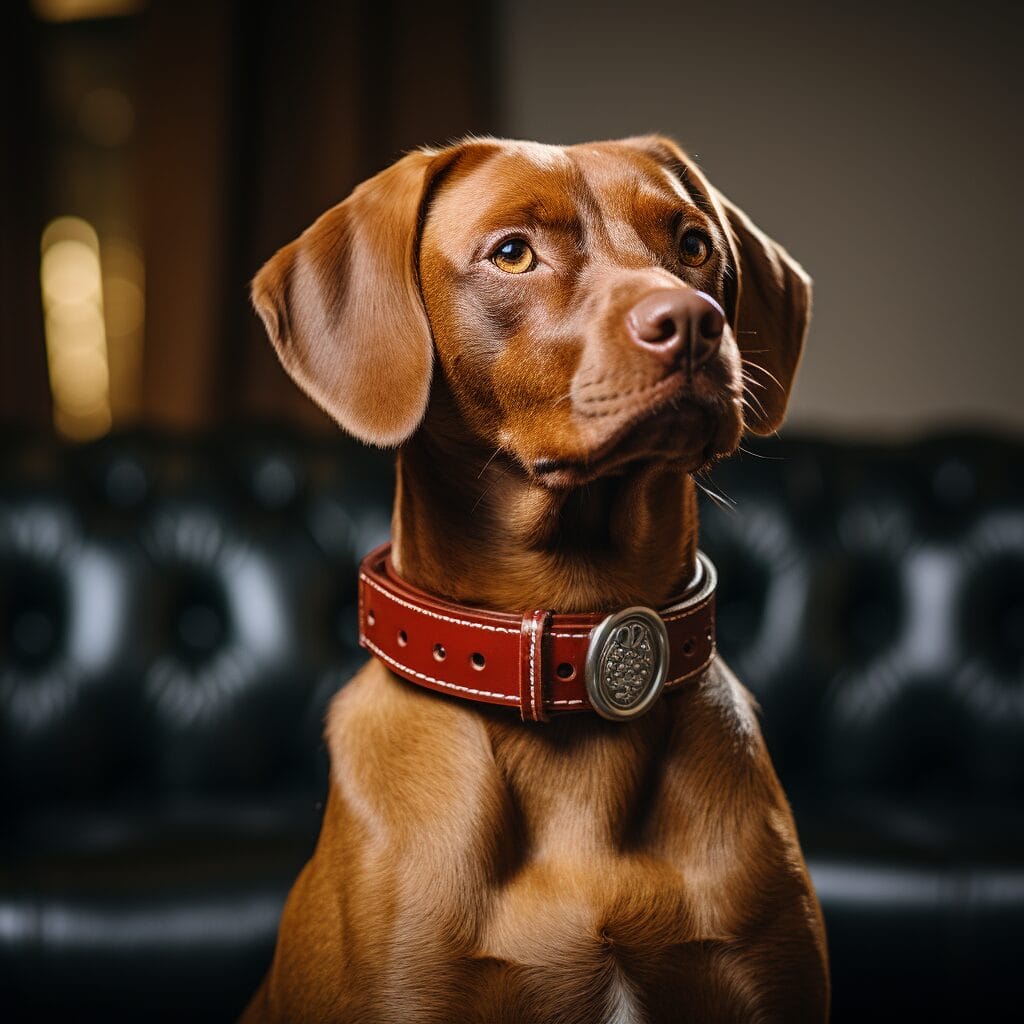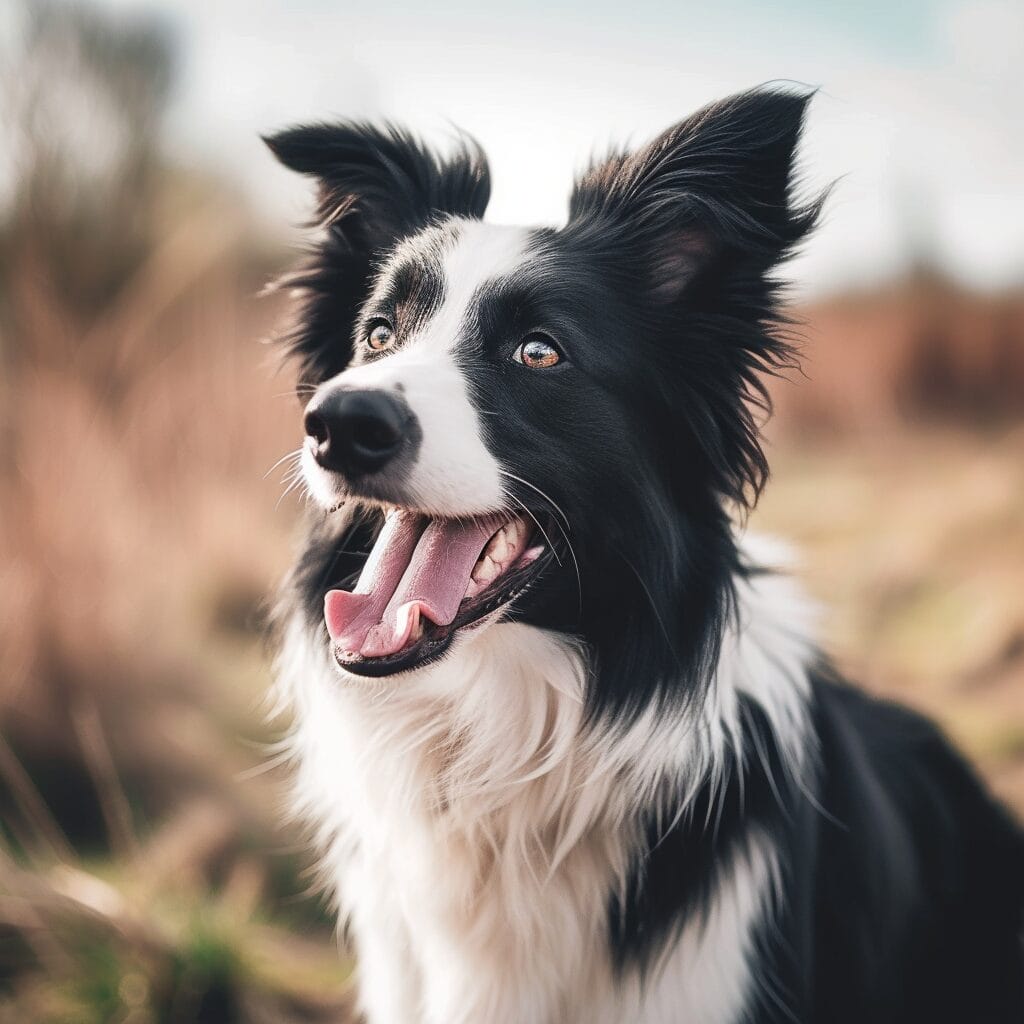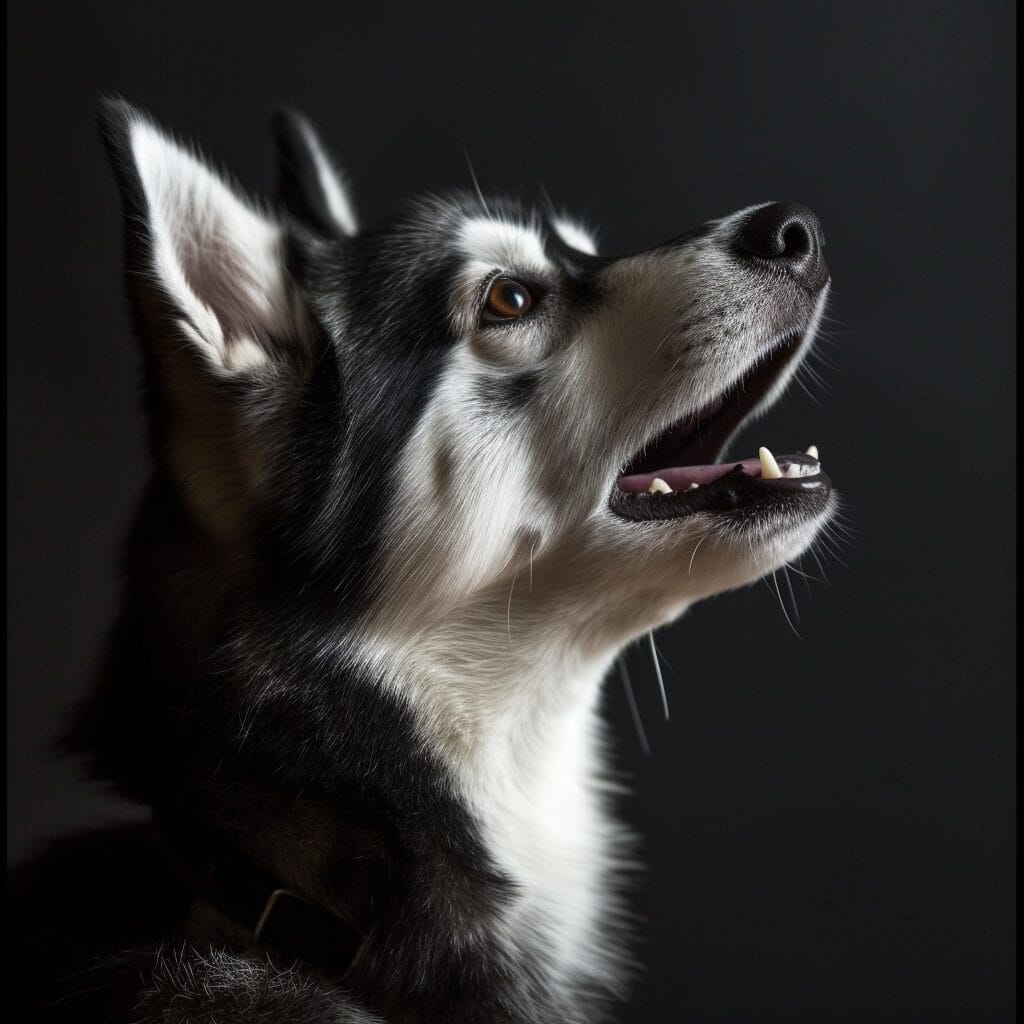Ever wondered how to kickstart your journey into the exciting world of dog agility training for beginners? Curious about the secrets to mastering this fun and challenging activity with your furry friend by your side? In this guide,
we’ll dive into the fundamentals of dog agility training, from basic commands to setting up obstacle courses in your backyard. Whether you’re a novice looking to bond with your pup or aiming to compete in agility trials, we’ve got you covered with tips and tricks tailored for beginners. Get ready to unleash your potential and embark on an adventure like no other with your four-legged companion!
Dog Agility Training For Beginners
Key Takeaways
- Start Small: Begin with basic agility moves at home to introduce your dog to the training gradually.
- Assess Your Dog: Evaluate your pet’s temperament and physical capabilities to determine if agility training is suitable for them.
- Build Confidence: Use positive reinforcement and patience to help your dog overcome fears and gain confidence in agility exercises.
- Practice Consistently: Regular training sessions focusing on flexibility and body awareness are key to improving your dog’s agility skills.
- Join a Community: Consider joining a dog agility club or class to connect with like-minded individuals and participate in organized events.
- Have Fun: Remember that the primary goal of agility training is to have fun and bond with your dog while keeping them mentally and physically stimulated.
Understanding the Benefits of Dog Agility Training
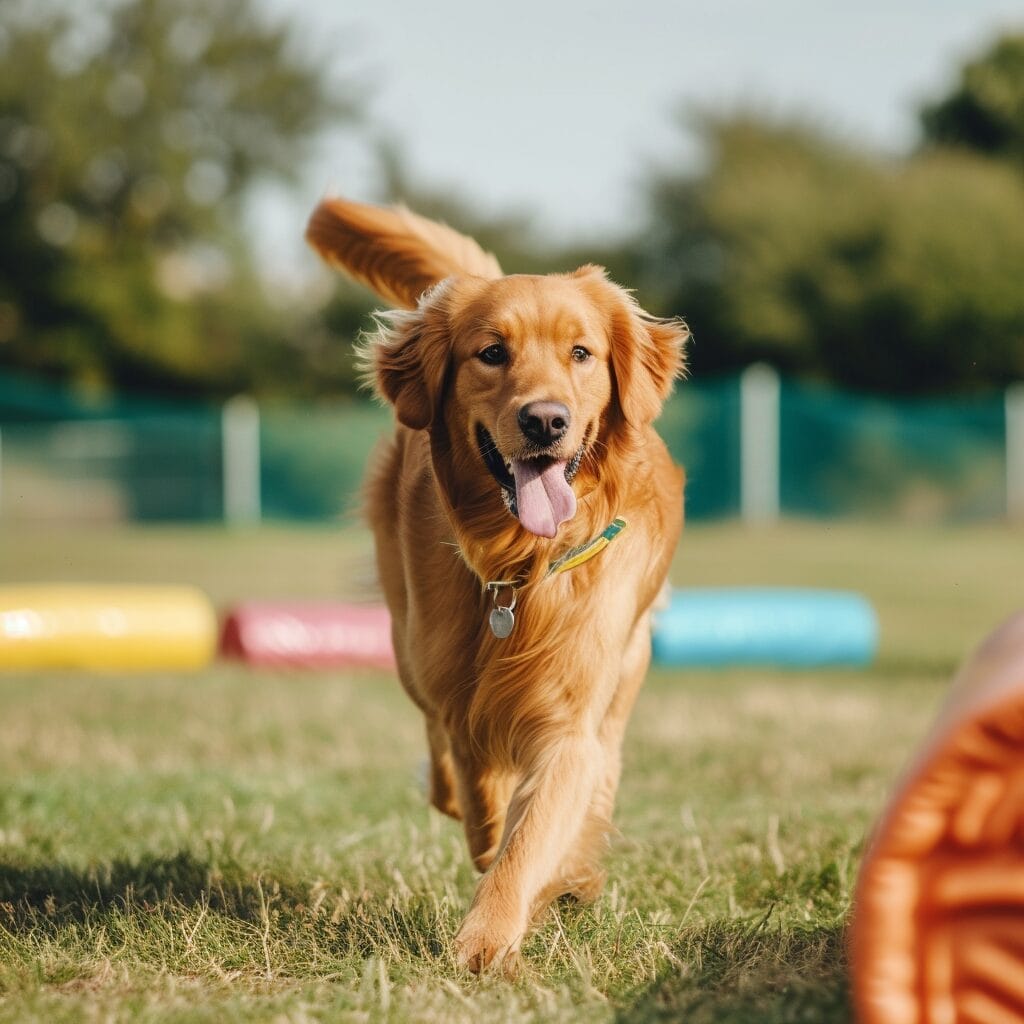
Mental Stimulation and Focus
Dog agility training for beginners offers more than just physical exercise; it provides mental stimulation crucial for a dog’s well-being. Through agility exercises, dogs engage in activities that challenge their minds, keeping them sharp and focused. This mental workout is vital as it prevents boredom and destructive behavior in dogs.
Regular engagement in agility training can significantly enhance a dog’s physical fitness. By jumping over hurdles, weaving through poles, or navigating tunnels, dogs improve their strength, endurance, and flexibility. The variety of movements involved in agility courses contribute to overall physical health by promoting muscle development and cardiovascular fitness.
Strengthening the Bond
One of the most significant benefits of dog agility training is its ability to strengthen the bond between a dog and its owner. As they work together to navigate obstacles on the course, trust builds between them. Owners learn to communicate effectively with their dogs through verbal cues or hand signals during training sessions.
Assessing if Dog Agility is Suitable for Your Pet

Consideration of Breed, Age, and Temperament
When contemplating dog agility training for beginners, it’s crucial to think about your dog’s specific characteristics. Different breeds have varying levels of energy and athleticism. For instance, Border Collies are known for their high energy levels and intelligence, making them ideal candidates for agility training. On the other hand, certain brachycephalic breeds like Bulldogs might struggle with intense physical activities due to respiratory issues.
Assessing your dog’s age is also vital; puppies under a year old should avoid rigorous exercises that could harm their developing joints. Furthermore, considering your pet’s temperament is essential. Dogs that are easily distracted or anxious may find the fast-paced nature of agility training overwhelming.
- Each breed has unique traits affecting suitability.
- Puppies require gentler activities to protect their joints.
- Anxious dogs may struggle in dynamic environments.
Evaluating Physical Abilities
Before embarking on dog agility training, ensure your furry friend is physically capable of participating safely. Evaluate factors such as weight, muscle strength, and overall health. Overweight dogs might be at higher risk of injury during strenuous activities like jumping or weaving through obstacles.
Checking muscle strength is equally important; dogs need strong muscles to perform well in agility courses effectively without straining themselves. Consider any existing health conditions your pet might have that could impact their ability to engage in physical exercises safely.
- Weight management plays a significant role in preventing injuries.
- Strong muscles are essential for navigating obstacle courses effectively.
- Health conditions must be considered before starting intensive training sessions.
Getting Started with Dog Agility Training at Home
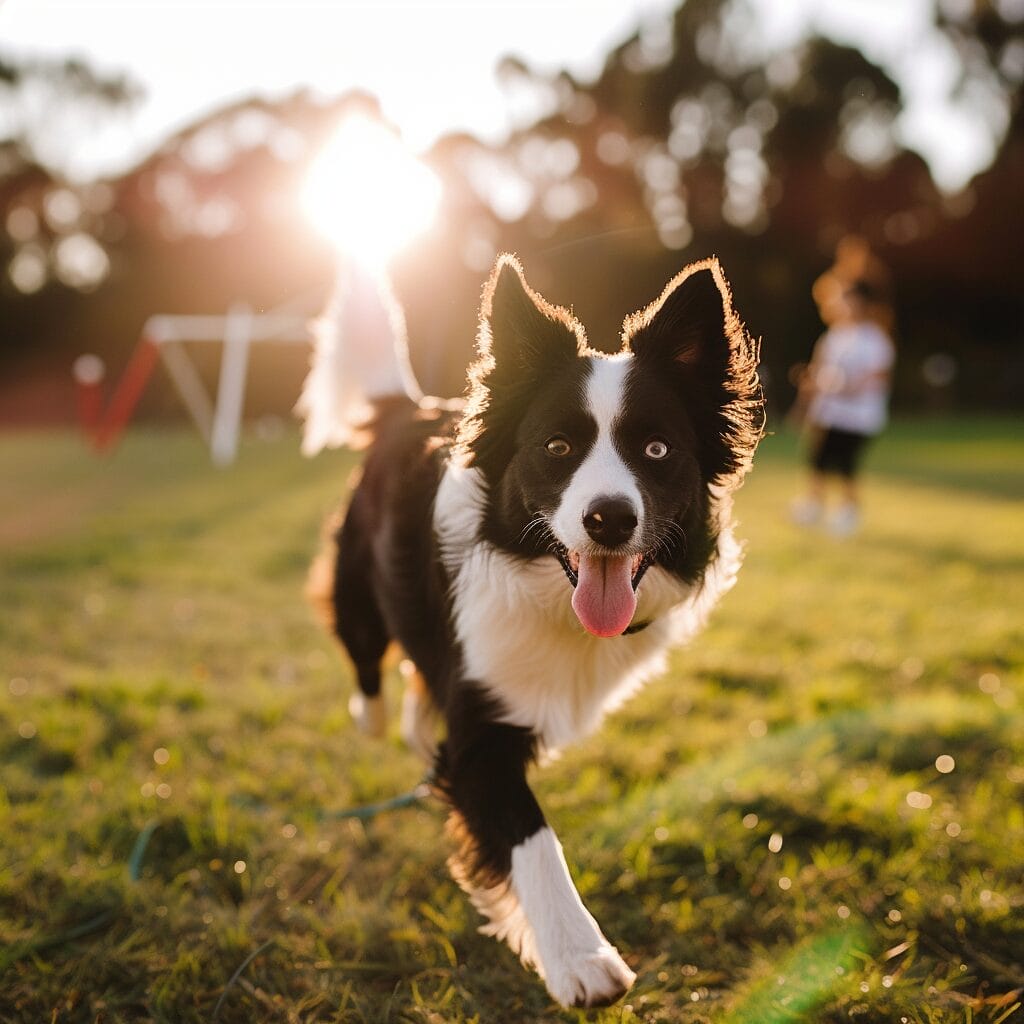
Setting Up a Training Space
To begin dog agility training at home, designate a specific area in your backyard or indoors. This space should be free of obstacles and have enough room for your dog to move around comfortably. Having a dedicated spot will help your pet associate it with training sessions, making them more focused. Start by teaching basic commands like sit, stay, and come before moving on to agility equipment. By mastering these commands first, your dog will build a foundation of obedience that is essential for successful agility training.
Creating a positive environment is crucial during dog agility training. Use treats and praise as rewards when your dog follows commands correctly or completes an obstacle course. Positive reinforcement helps motivate your pet and strengthens the bond between you both. Remember to keep training sessions short and fun to prevent boredom or frustration in your furry friend.
Introducing Basic Commands
Start agility training by reinforcing basic commands like sit, stay, and come using treats as rewards. Teaching these foundational skills creates a strong base for more advanced agility exercises. Practice consistency in command cues so that your dog associates each word with specific actions.
Pros:
- Establishes obedience foundation
- Strengthens bond between owner and pet
Cons:
- Requires time commitment from the owner
- Can be challenging if the dog lacks focus
Basics of Dog Agility Moves and Equipment
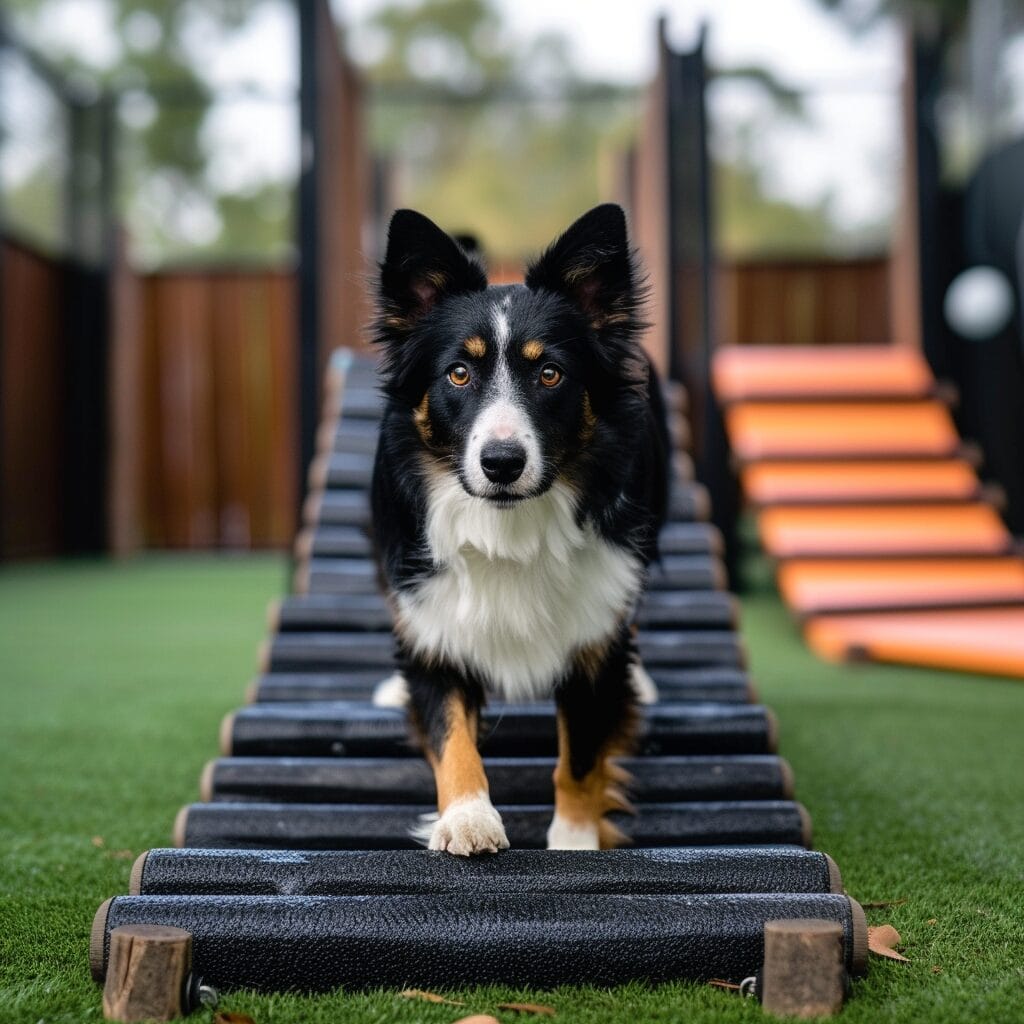
Common Agility Equipment
Dog agility training for beginners involves familiarizing yourself with common agility equipment such as tunnels, jumps, and weave poles. These tools are essential for teaching your dog various skills and improving their physical abilities. For instance, tunnels help dogs work on their speed and confidence, while jumps enhance their coordination and focus.
When setting up agility equipment, it’s crucial to ensure everything is secure to prevent accidents during training sessions. Adjust the equipment according to your dog’s size and skill level. For example, lower jump bars for beginner dogs or introduce weave poles gradually to avoid overwhelming them.
Foundational Commands Practice
To lay a strong foundation in dog agility training, start by practicing foundational moves like the “wait,” “target,” and “send” commands with your furry companion. Teach your dog to wait patiently before starting an obstacle course, target specific areas like a contact zone accurately, or send them ahead to complete tasks independently.
Pros:
- Enhances bonding between you and your dog.
- Improves communication skills with your pet.
Cons:
- Requires consistency in practice.
- May take time for some dogs to grasp commands fully.
Learning these basic commands will not only help prepare your dog for more advanced agility courses but also strengthen the bond between you both through effective communication.
Building Confidence and Overcoming Fears in Dogs
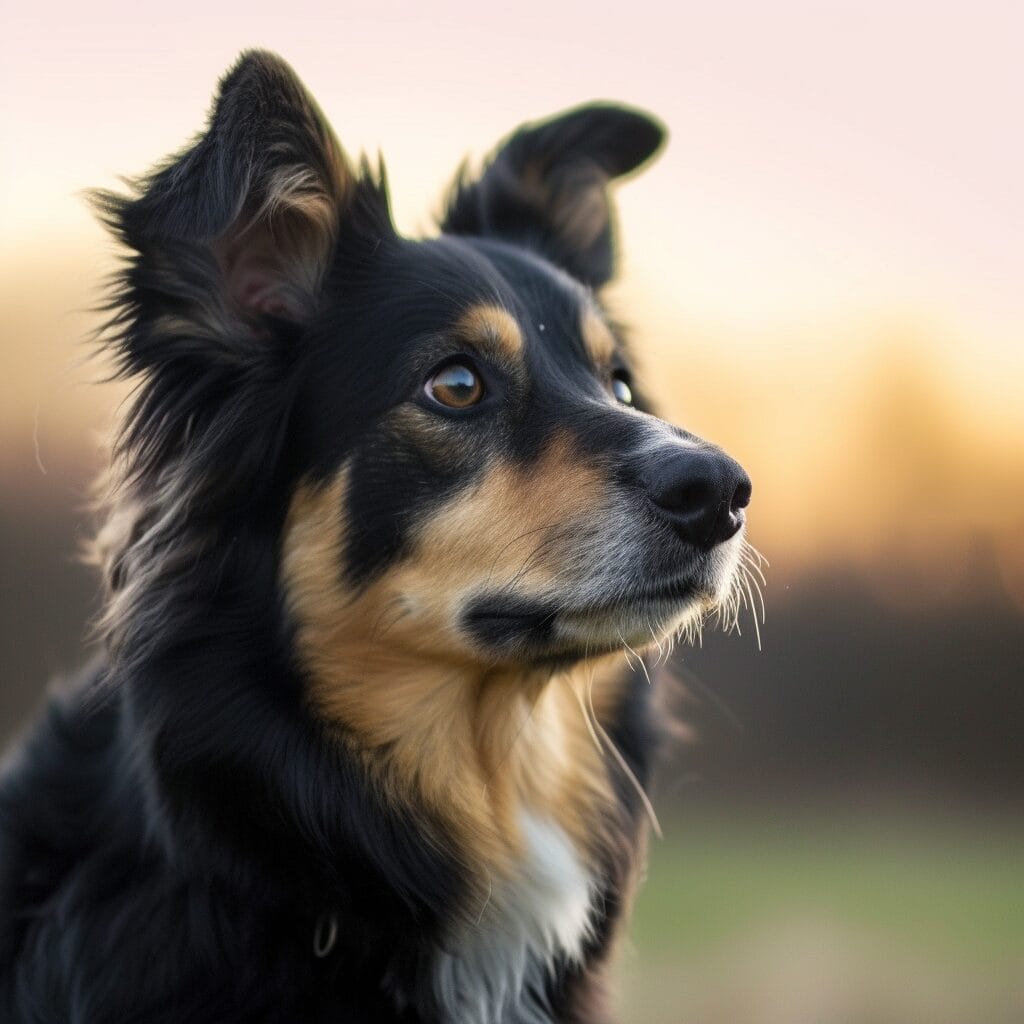
Introducing New Obstacles Gradually
When training your dog in agility, it’s crucial to introduce new obstacles gradually. Start with simple equipment like tunnels or low jumps. As your dog becomes more comfortable, slowly incorporate more complex elements such as weave poles or A-frames. By taking small steps, you can help build your dog’s confidence and prevent overwhelming them.
Introducing new challenges step by step allows your dog to gain confidence with each successful attempt. For example, if your dog is hesitant about jumping over a hurdle, start by lowering the bar until they clear it effortlessly. Celebrate each achievement with praise and rewards to reinforce positive behavior.
Desensitization Techniques for Fearful Dogs
Some dogs may exhibit fear or anxiety towards certain equipment or sounds used in agility training. To help them overcome these fears, use desensitization techniques. Gradually expose your dog to the source of their fear from a distance and reward calm behavior.
For instance, if your dog is scared of the sound of collapsing tunnel fabric, play the noise at a low volume while offering treats and affection when they remain relaxed. Slowly increase the volume over time as they become more accustomed to the sound without showing signs of distress.
Reassurance and Positive Reinforcement
During agility training sessions where dogs encounter challenging obstacles that trigger fear or uncertainty, provide reassurance through calming words and gentle touches. Your encouragement can go a long way in boosting their confidence levels.
Moreover, utilize positive reinforcement techniques such as treats or toys when your dog successfully navigates intimidating obstacles. This not only reinforces good behavior but also helps create a positive association with overcoming challenges.
Developing Flexibility and Body Awareness in Dogs
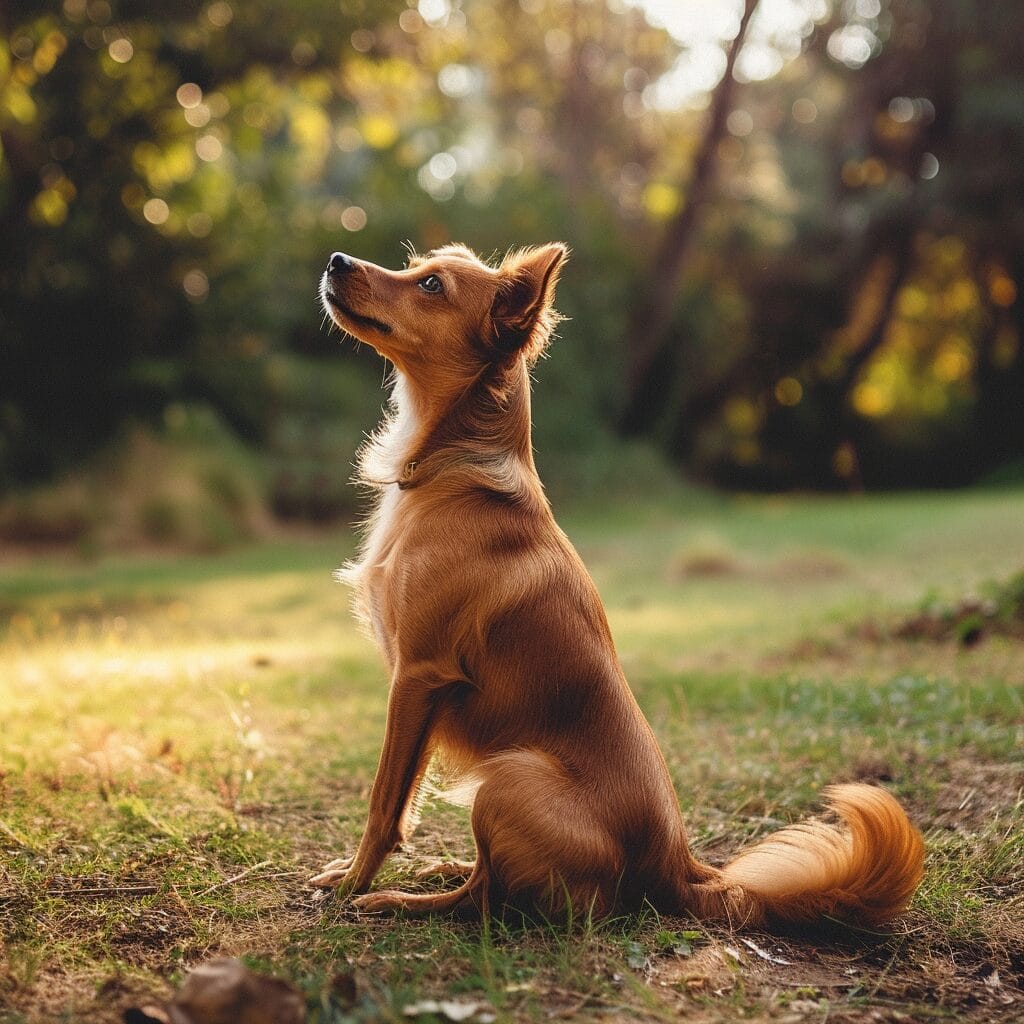
Stretching Exercises
Incorporate stretching exercises into your dog’s warm-up routine to prepare their muscles for agility training. This helps prevent injuries and improves flexibility. Start with simple stretches like gentle neck, shoulder, and leg movements. Gradually increase the intensity as your dog becomes more flexible.
Stretching before each agility session can enhance your dog’s performance by increasing their range of motion. It also promotes blood flow to the muscles, reducing the risk of strains or sprains during training sessions. Remember that just like humans, dogs benefit from a proper warm-up before engaging in physical activities.
Pros:
- Reduces the risk of injuries
- Improves flexibility and range of motion
Cons:
- Requires consistency and patience
- Overstretching can lead to muscle strain
Body Awareness Training
Encourage body awareness in dogs by teaching them how to navigate obstacles with precision and control. Start with basic commands like “sit,” “stay,” and “come” to establish communication between you and your pet during training sessions. Progress to more complex tasks such as weaving through poles or jumping over hurdles.
Body awareness exercises help dogs understand where their body is in space, improving coordination and balance. By practicing these skills regularly, your dog will become more confident when maneuvering through agility courses. Reward positive behavior with treats or verbal praise to reinforce good habits.
- Teach basic commands like sit, stay, come.
- Progress to navigating obstacles such as poles or hurdles.
- Reward positive behavior with treats or praise.
Introducing Weave Poles and Jumping Exercises
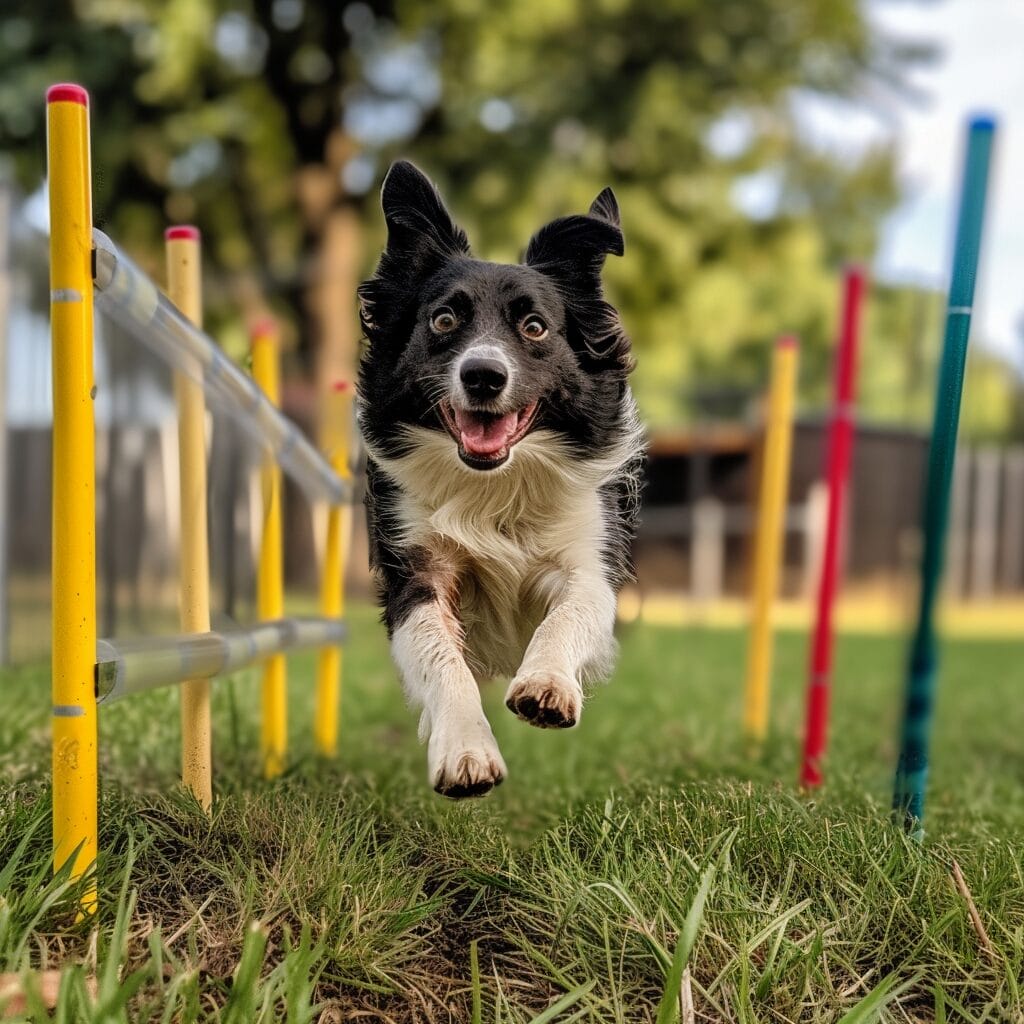
Teaching Weave Pole Entry Technique
To begin dog agility training for beginners, focus on teaching your dog the weave pole entry technique. You can use guide wires or channel weaves to help your dog understand how to navigate through the poles. Start with a few poles spaced apart, guiding your dog through them using treats or toys as incentives. Gradually increase the number of poles once your dog gets the hang of it.
Training with weave poles helps improve your dog’s coordination, speed, and ability to follow commands promptly. It also enhances their concentration and strengthens the bond between you and your furry friend.
Enhancing Jumping Skills
Jumping exercises are essential in dog agility training as they test your dog’s athleticism and coordination. Begin by setting up simple jumps at a low height for your dog to clear easily. As they get more comfortable, gradually increase both the height and spacing between jumps to challenge them further.
Practicing different jump types like tire jumps, broad jumps, and double jumps will expose your dog to various obstacles commonly found in agility courses. This variety helps them adapt to different challenges quickly during competitions or advanced training sessions.
Finding the Right Dog Agility Club or Class
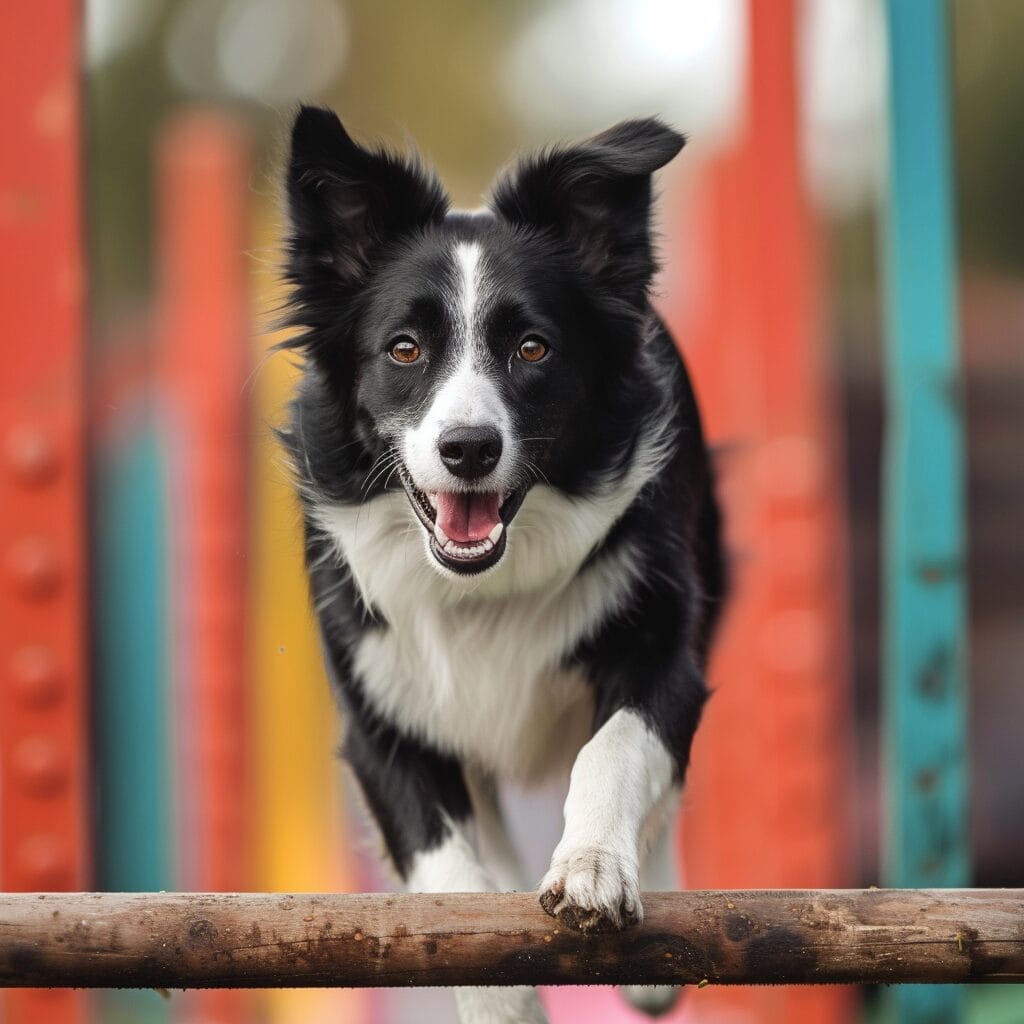
Research Options
When starting dog agility training for beginners, it’s crucial to find the right club or class. Begin by researching local facilities that offer beginner classes. Look into factors like location, instructor experience, and class size to ensure a good fit.
Dog owners should prioritize clubs that provide a positive and supportive environment for both them and their pets. Seek out clubs with experienced instructors who understand how to work with beginners effectively. Consider the convenience of the location in relation to your home.
It’s essential to visit potential clubs in person before making a decision. Attend trial sessions or simply observe classes to get a feel for the training methods used and the overall atmosphere of the club. This firsthand experience can help you determine if it aligns with your goals and preferences.
Pros and Cons
Pros:
- Allows hands-on evaluation of instructors’ teaching styles.
- Provides insight into class dynamics before committing.
Cons:
- Time-consuming process but worthwhile for long-term success.
Involvement in Dog Agility Organizations and Events
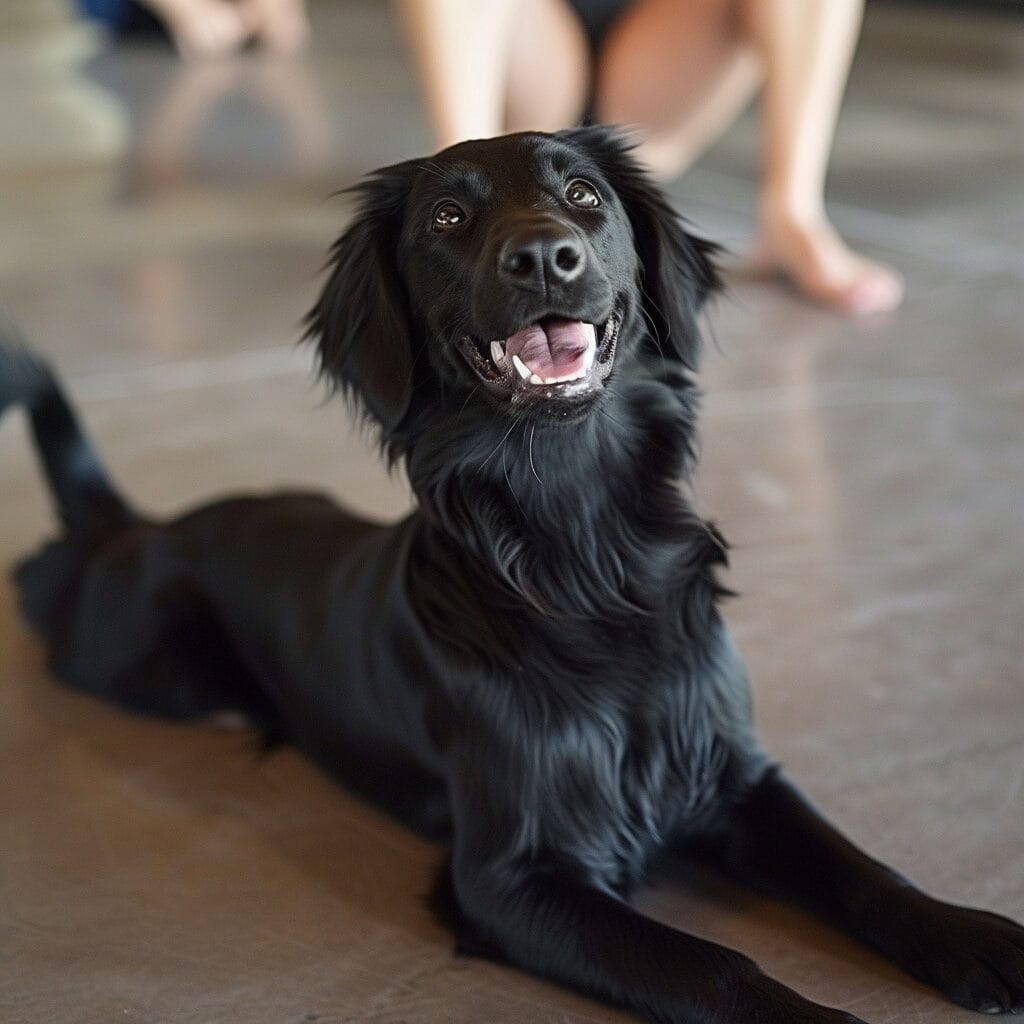
Join Organizations
To deepen your dog agility training for beginners journey, consider joining national or regional dog agility organizations. These groups offer a wealth of resources, from training tips to networking opportunities with fellow enthusiasts. By becoming a member, you can access exclusive events, workshops, and seminars tailored to enhance both yours and your dog’s skills.
Being part of these organizations allows you to stay updated on the latest trends in the world of dog agility. You can also connect with experienced trainers who can provide valuable insights and guidance as you progress in your training. Moreover, membership often comes with perks like discounts on equipment or entry fees for competitions.
- Benefits of joining organizations:
- Access to specialized resources
- Networking opportunities
- Exclusive event invitations
Participate in Competitions
Engaging in local competitions or fun runs is an excellent way to put your dog agility skills to the test while gaining practical experience. These events not only allow you to showcase what you’ve learned but also provide a platform for receiving feedback from judges and seasoned competitors.
Competing exposes you and your dog to different courses and challenges that can help improve teamwork, speed, and accuracy. It’s an opportunity for growth where you can learn from both successes and setbacks during each run. Participating in such events fosters camaraderie among fellow competitors who share the same passion for dog agility.
- Advantages of competition participation:
- Real-world application of training
- Feedback from experts
- Skill enhancement through varied challenges
Volunteer at Events
Volunteering at agility events is another valuable way to immerse yourself in the community while gaining hands-on experience. By assisting with tasks such as course setup, timing coordination, or general event organization, you get a behind-the-scenes look at how these events operate.
Through volunteering efforts, beginners can observe top handlers in action up close while contributing positively to the success of an event. This involvement not only enriches your understanding of dog agility but also builds relationships within the community that may lead to mentorship opportunities down the line.
Closing Thoughts
You’ve learned the ins and outs of dog agility training, from its benefits to getting started at home and finding the right classes. Remember, like a pup learning new tricks, progress takes time and patience. So, grab that leash, put on your training shoes, and start the journey to agility success with your furry friend. Keep practicing those moves, building confidence, and exploring new challenges together. The bond you’ll create through this shared experience will be stronger than a well-knotted rope toy!
Now it’s your turn to take the lead! Get out there, set up your own mini agility course, and watch your dog shine. The world of dog agility is waiting for you both to jump through hoops and weave through poles together. Go fetch those dreams and make them a reality!
Frequently Asked Questions
Is dog agility training suitable for all breeds?
Dog agility training can benefit most breeds, but it’s essential to consider your dog’s size and physical capabilities. Larger or brachycephalic breeds may find some obstacles challenging. Consult with a professional trainer to assess if agility training is suitable for your specific breed.
How can I start dog agility training at home?
Begin by setting up simple obstacles like cones or low jumps in your backyard. Use treats and positive reinforcement to encourage your dog through the course. Start with basic commands like “sit,” “stay,” and “come” before progressing to more advanced moves.
What equipment is needed for dog agility training?
Basic equipment includes jumps, tunnels, weave poles, and a pause table. You can improvise with household items initially before investing in specialized gear. Ensure all equipment is safe and appropriate for your dog’s size and skill level.
Can older dogs participate in agility training?
While older dogs may not compete professionally, they can still enjoy the physical activity and mental stimulation of agility training. Adjust the intensity of exercises based on their age and health condition, focusing more on flexibility, balance, and coordination rather than speed.
How do I find the right dog agility club or class?
Research local clubs or classes that offer structured agility programs taught by certified trainers. Visit different facilities if possible to observe their methods and interact with instructors. Choose a club that aligns with your goals and provides a positive learning environment for you and your dog.


